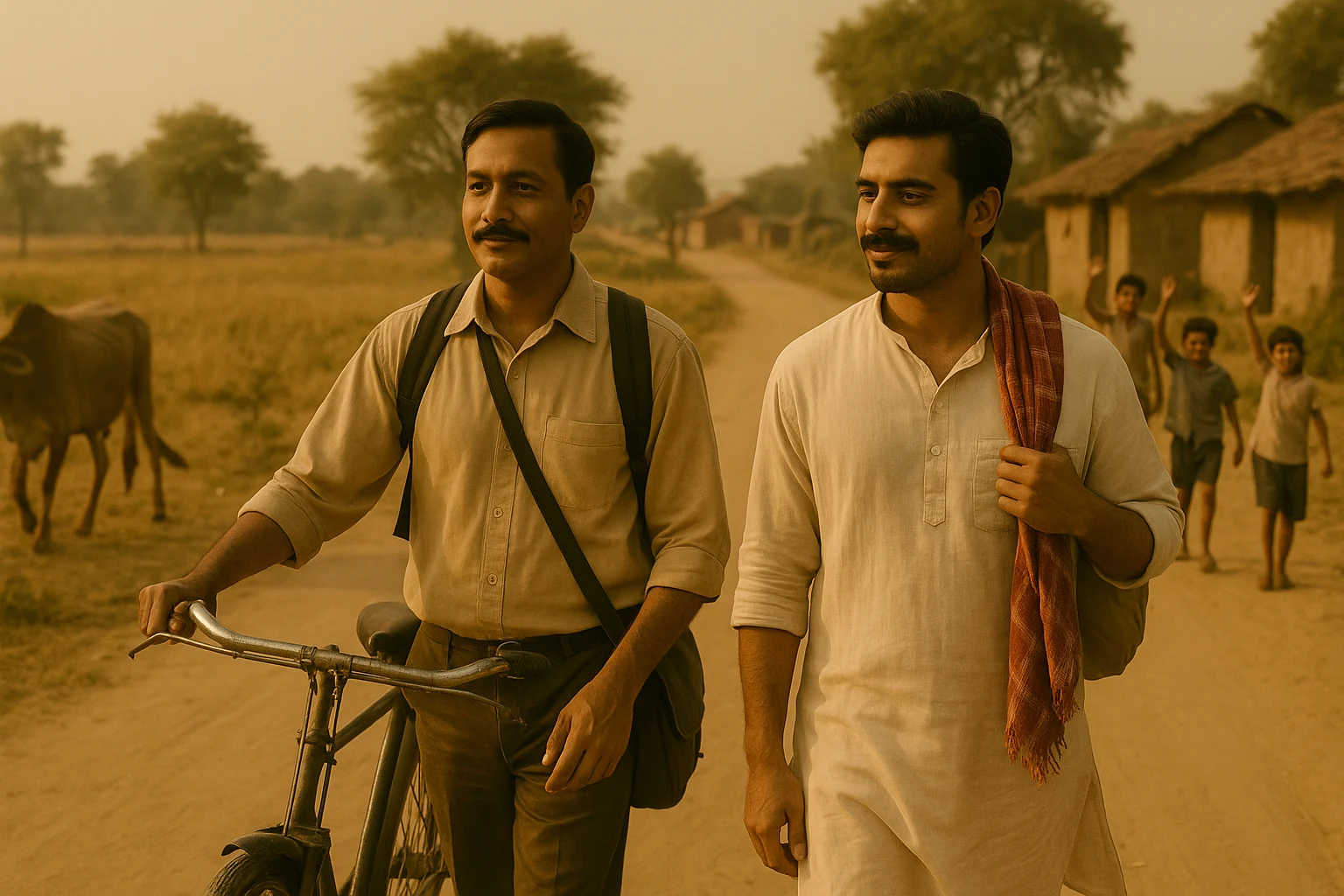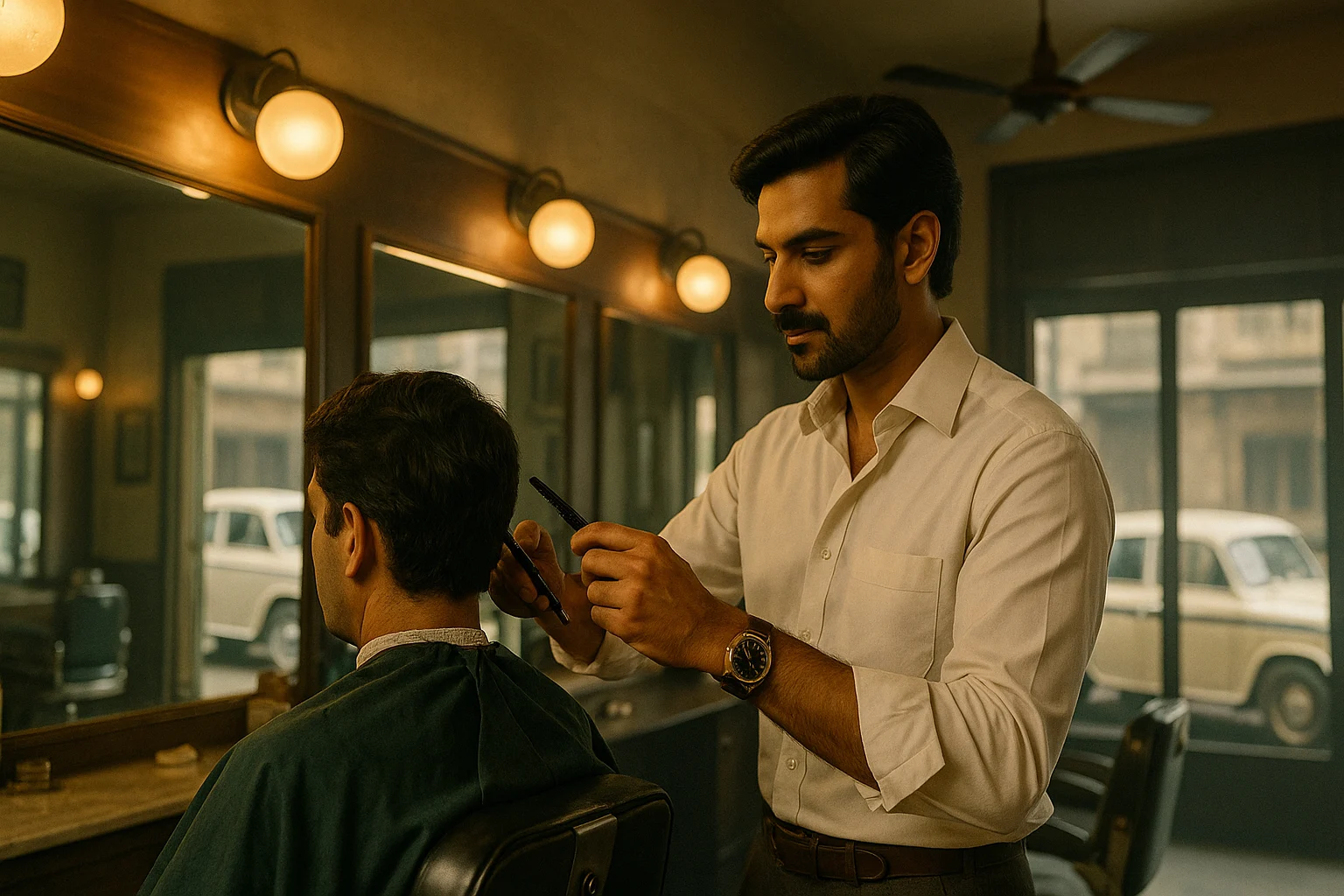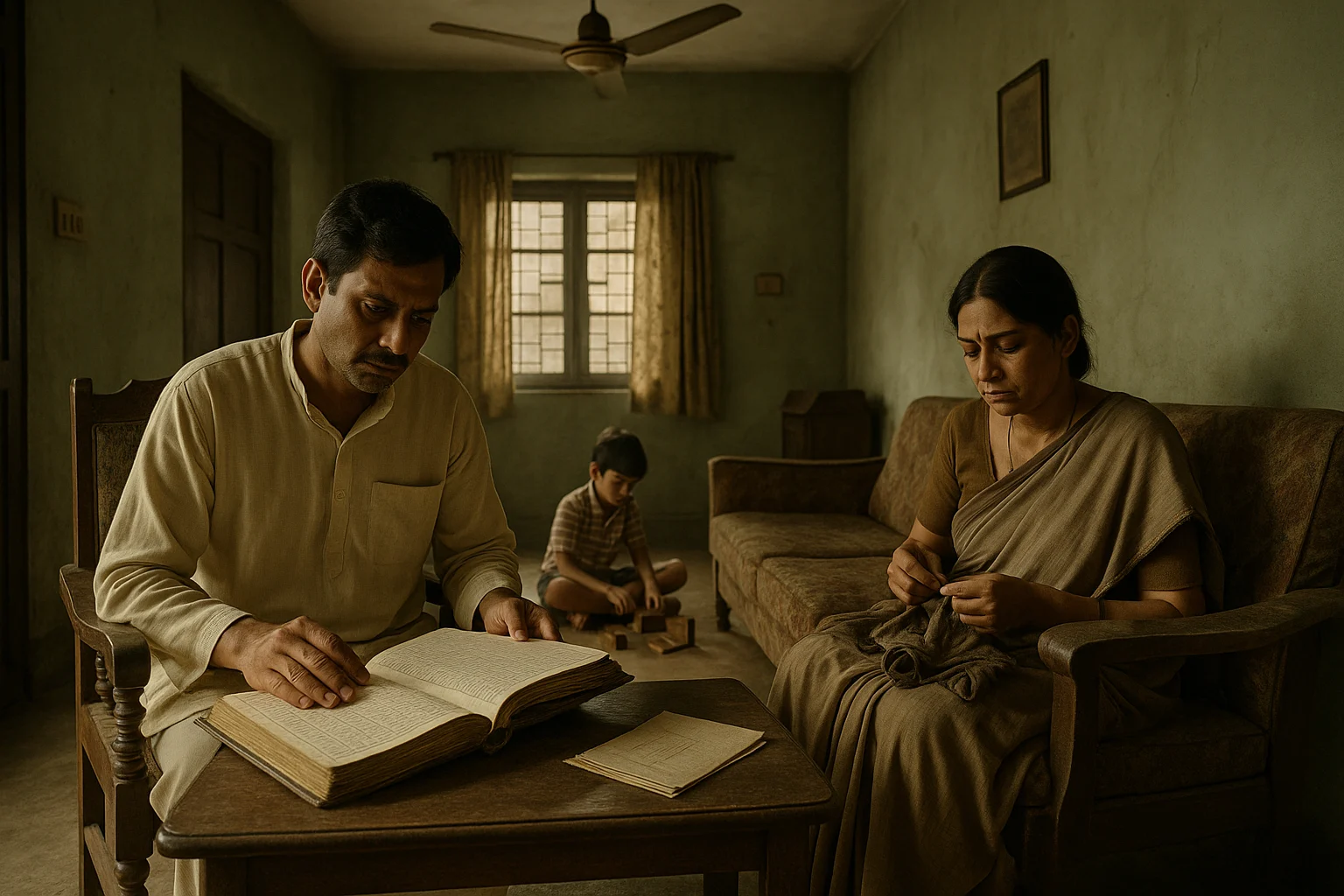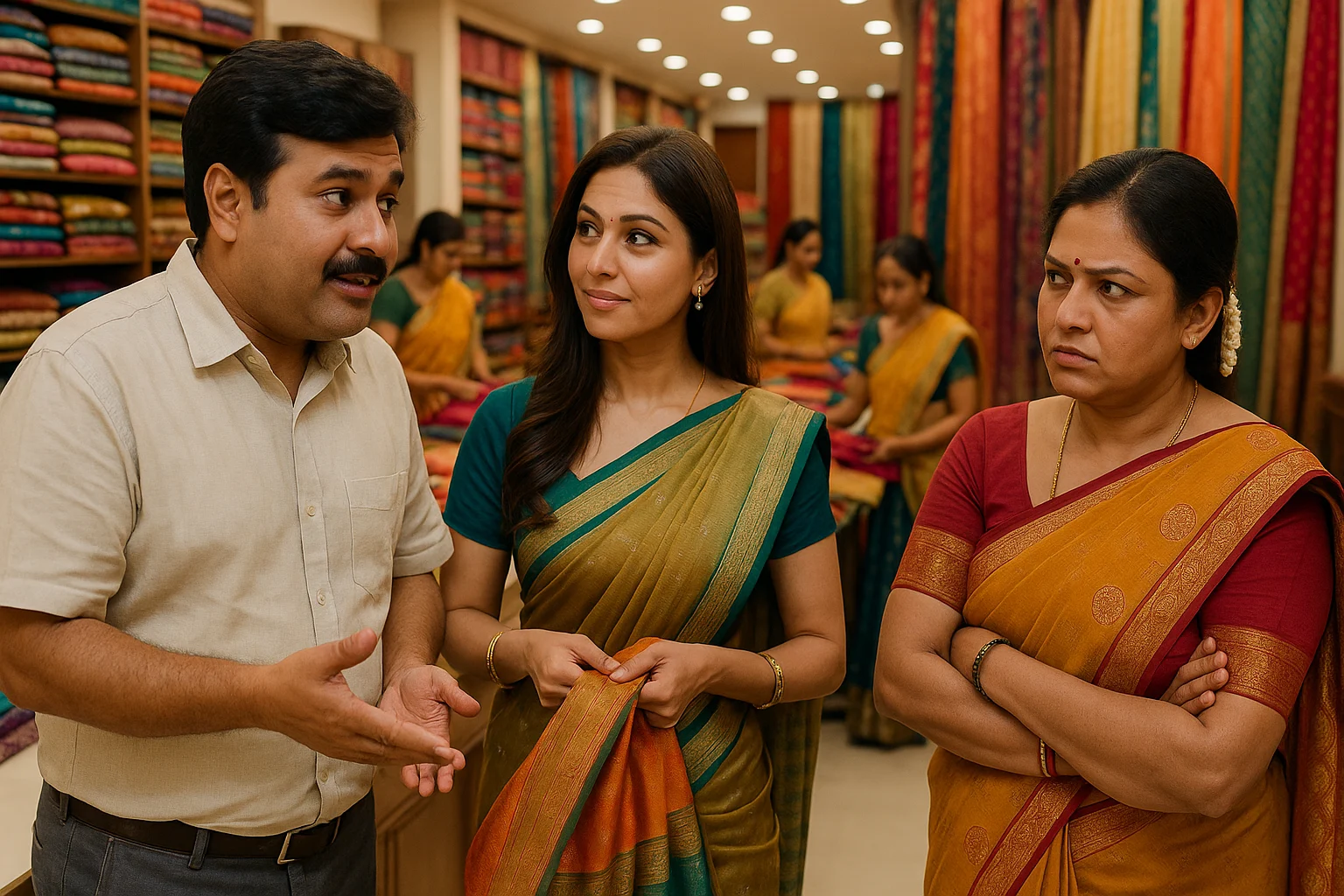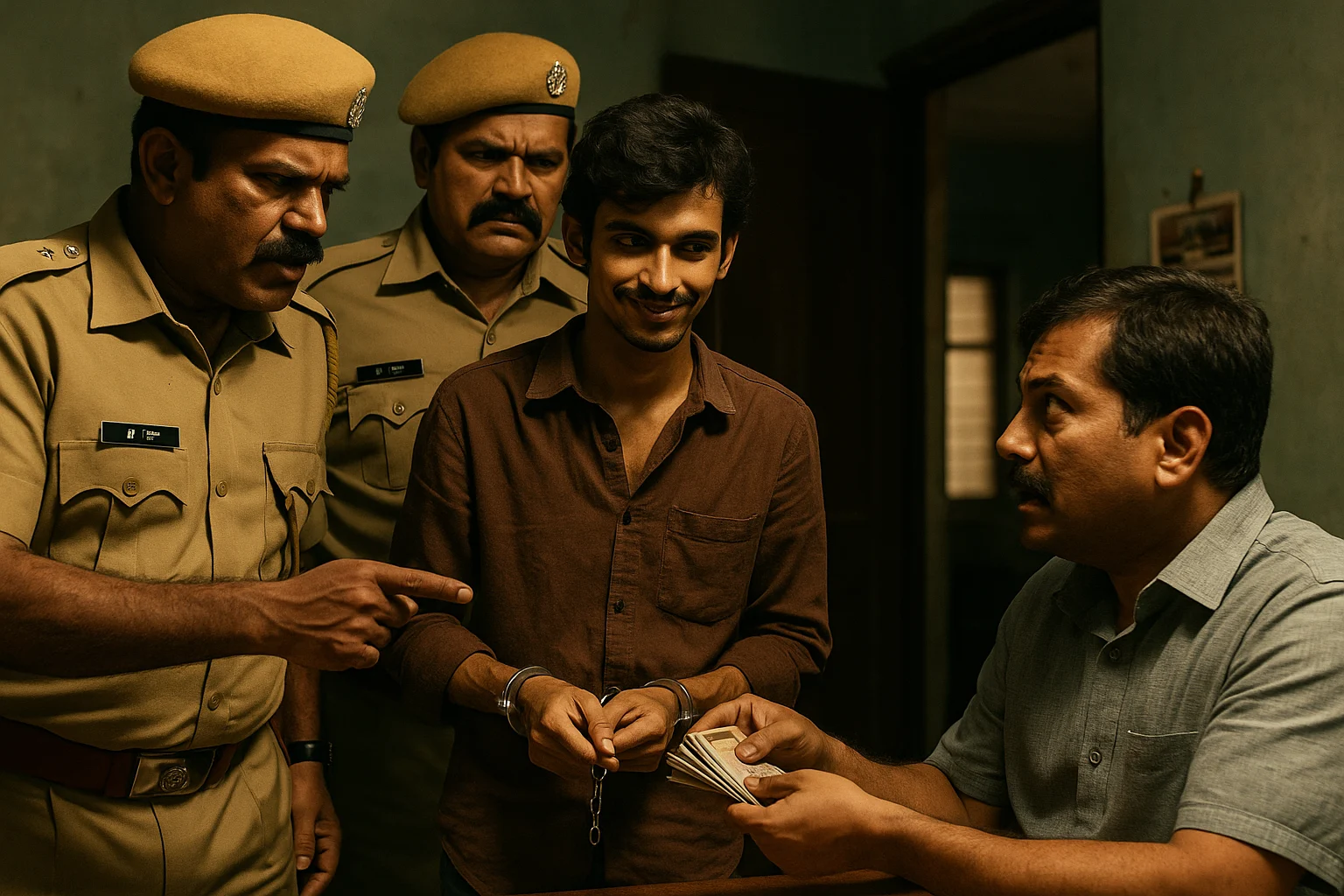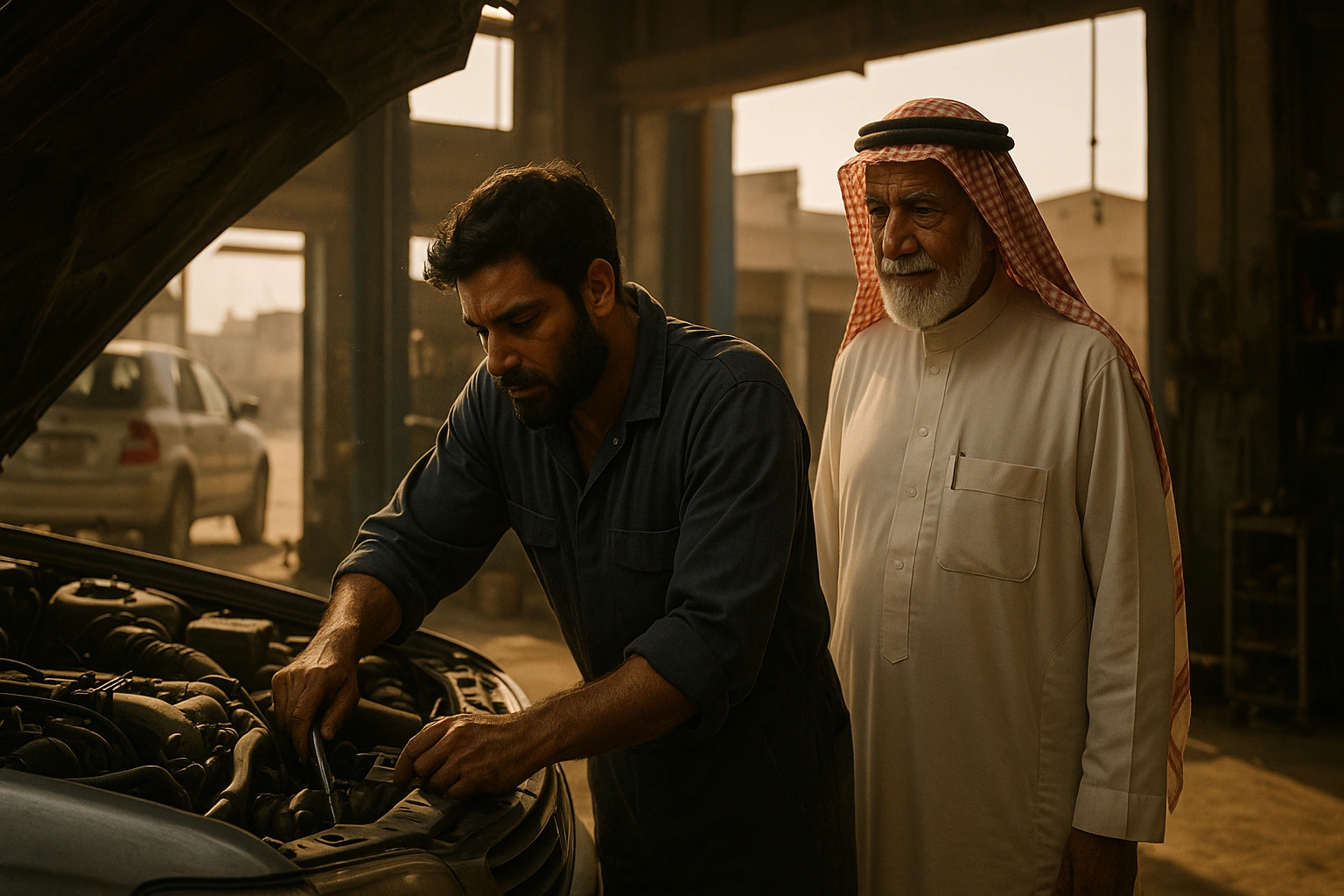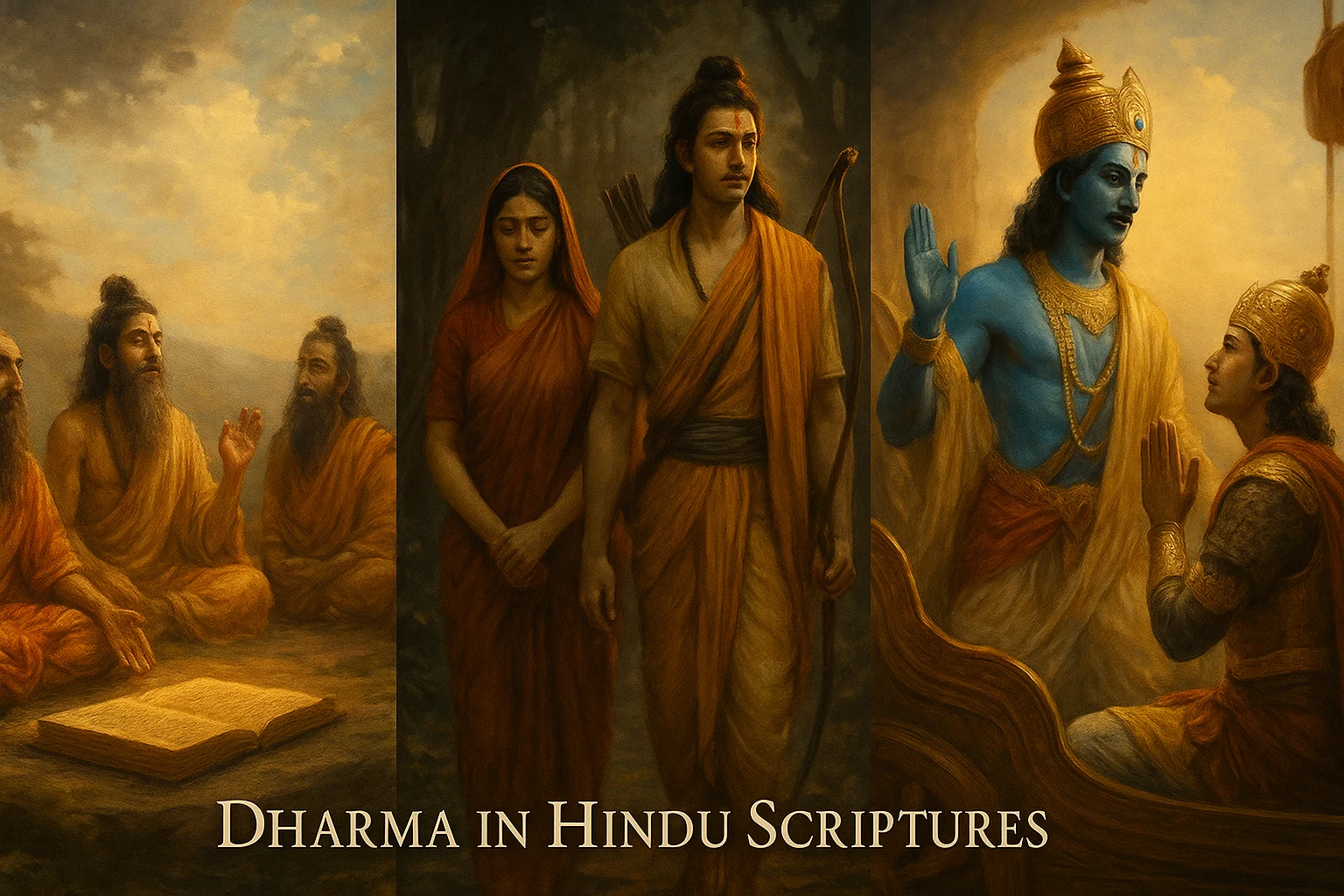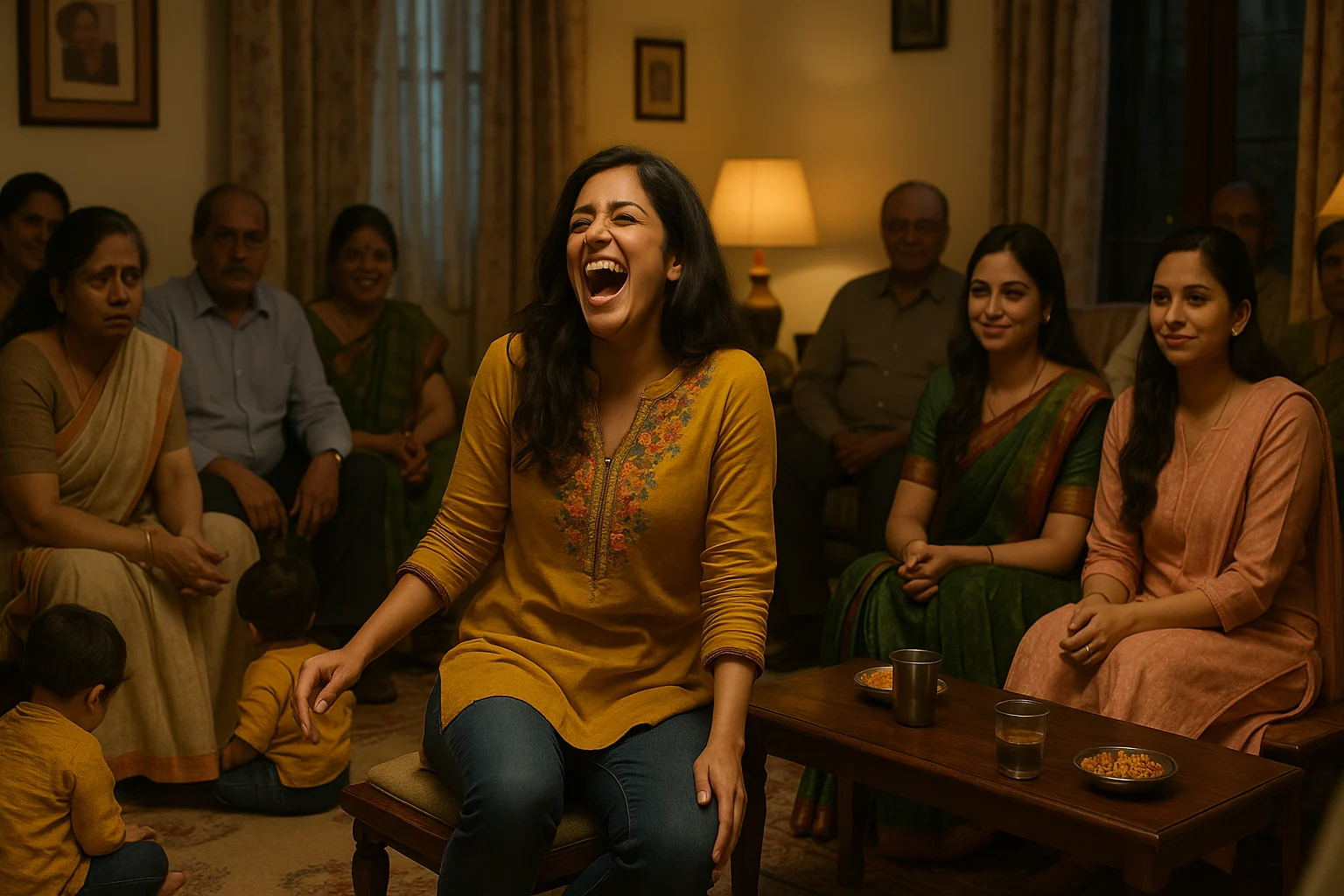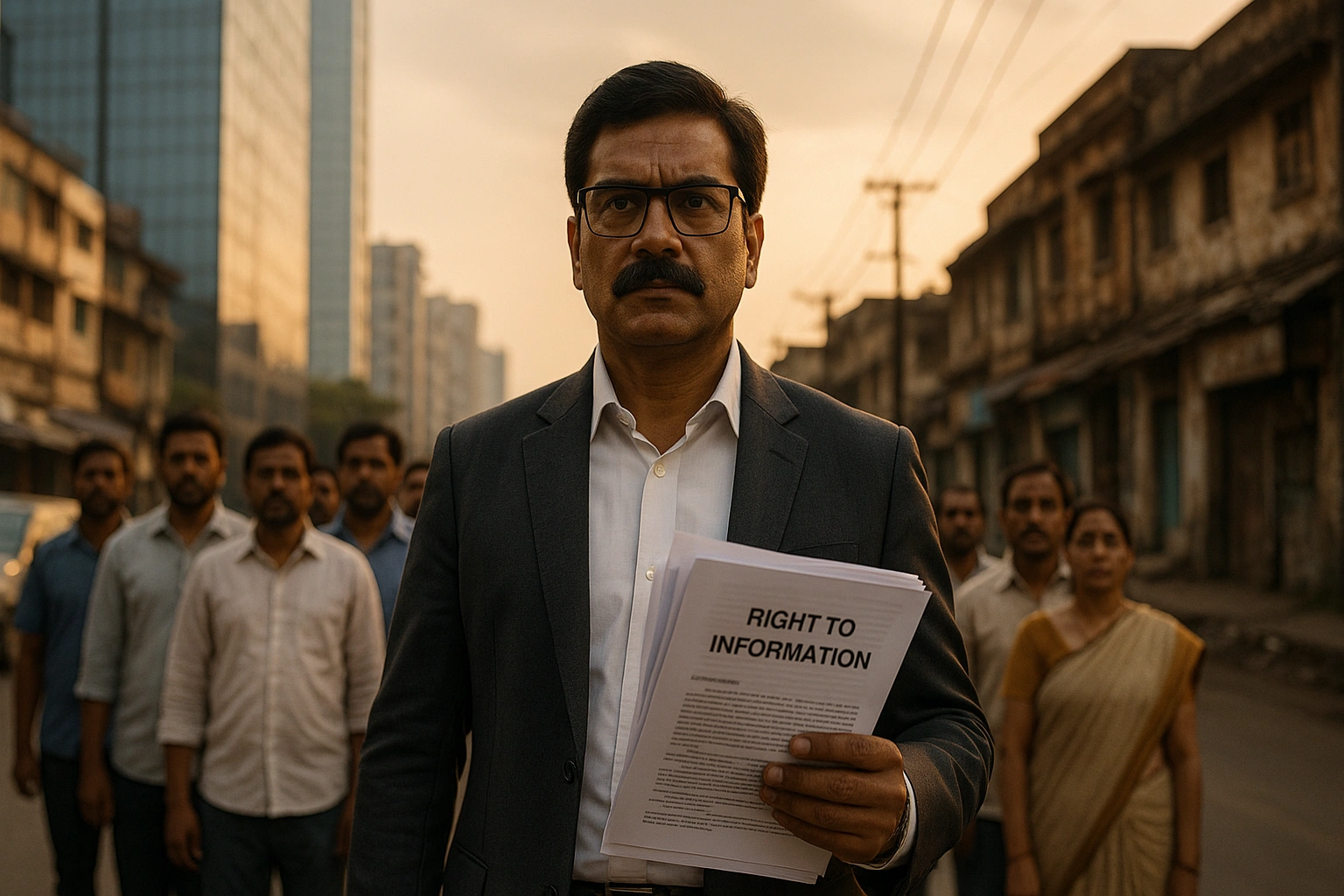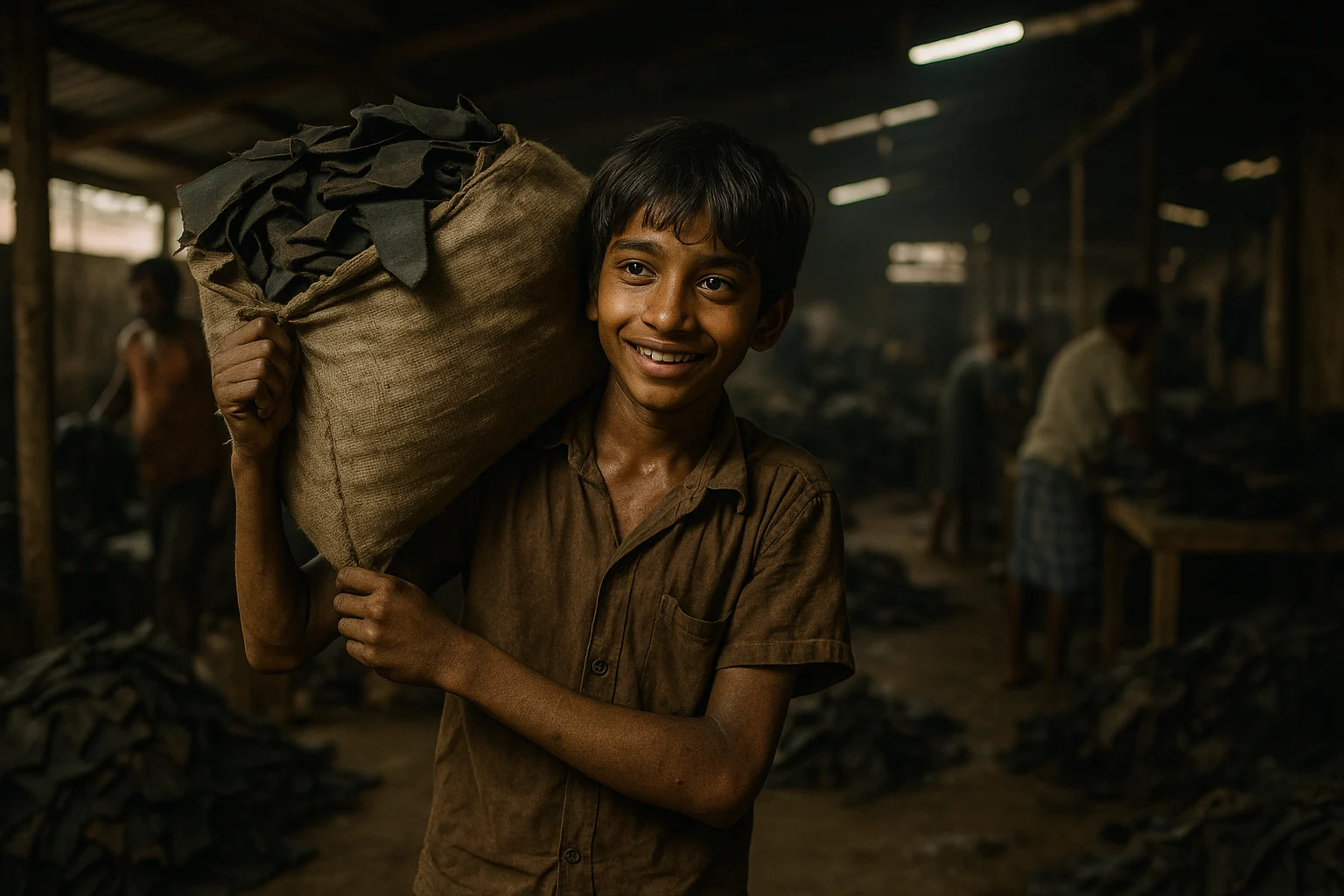Introduction: The Spirit of Navratri
India is a land of festivals, each infused with its own cultural richness and spiritual depth. Among these, Navratri holds a unique place. Celebrated across India and in many parts of the world where Indian communities thrive, Navratri is a nine-night festival dedicated to the worship of Goddess Durga and her nine divine forms. It is not only a religious celebration but also a cultural extravaganza marked by music, dance, colors, and unity. Central to Navratri festivities in Gujarat and increasingly across India are the Garba and Dandiya Raas traditions, vibrant folk dances that transform towns and cities into spaces of collective joy.
This article explores Navratri and Garba traditions in depth — their history, rituals, symbolism, regional variations, global influence, and modern-day significance.

Historical Origins of Navratri
The word Navratri literally means “nine nights,” symbolizing the triumph of good over evil. Its roots lie in ancient Hindu scriptures, especially the Markandeya Purana and Devi Mahatmya, which narrate the fierce battle of Goddess Durga against the demon Mahishasura. The nine nights signify the nine forms of Shakti — Durga, Kali, Lakshmi, Saraswati, and others — who collectively represent divine feminine power.
Historically, Navratri has been celebrated in different forms for centuries across India. Kings and emperors patronized it by organizing Durga Puja, Garba nights, and processions, while rural communities celebrated with folk traditions, harvest rituals, and communal dances.
Rituals and Customs of Navratri
Each day of Navratri is dedicated to a different form of Goddess Durga, with specific colors, foods, and prayers associated with it.
- Day 1 – Shailputri: Worship of the mountain goddess. Devotees wear yellow.
- Day 2 – Brahmacharini: The ascetic form. White is preferred.
- Day 3 – Chandraghanta: Symbol of courage. Red dominates.
- Day 4 – Kushmanda: Source of energy. Royal blue is worn.
- Day 5 – Skandamata: Motherly form. Yellow hues.
- Day 6 – Katyayani: Fierce warrior. Green attire.
- Day 7 – Kalaratri: Dark goddess of destruction. Grey is chosen.
- Day 8 – Mahagauri: Symbol of peace. Peacock green.
- Day 9 – Siddhidatri: Bestower of powers. Purple is worn.
Rituals include fasting, temple visits, chanting hymns, and organizing community feasts. Many devotees also perform Kanya Pujan, offering food and gifts to little girls symbolizing the goddess.

Garba: The Dance of Devotion
At the heart of Navratri in Gujarat and beyond lies Garba, a traditional circular dance performed around a clay pot (garbo) with a lamp lit inside. The pot represents the womb — a symbol of life and creation — while the lamp signifies divine energy.
Origins of Garba
The dance is rooted in fertility worship and goddess worship traditions of Gujarat. Originally performed by women in village courtyards, Garba gradually evolved into grand celebrations held in temple grounds and public spaces.
The Dance Form
Garba involves rhythmic claps, twirls, and steps performed in concentric circles, symbolizing the cycle of life and the eternal nature of the universe. Participants dress in vibrant chaniya cholis (for women) and kediyu with dhotis (for men), adorned with mirrors, embroidery, and jewelry.
Dandiya Raas: The Dance of Sticks
Alongside Garba, Dandiya Raas is another highlight of Navratri evenings. Performed with colorful sticks, it reenacts the battle between Goddess Durga and Mahishasura. Each strike of the sticks is symbolic of the exchange of blows in battle, yet performed in joyous harmony.

Music and Instruments
Traditional instruments like the dhol, tabla, and shehnai have been joined by modern electric beats, but the essence remains devotional. Songs are often based on praises of Durga, Krishna, and folk tales of Gujarat.
Regional Variations of Navratri
Navratri is not uniform across India; its traditions vary with region:
- West Bengal & Eastern India: Celebrated as Durga Puja, with magnificent idols, pandals, and cultural programs.
- North India: Associated with Ramlila plays depicting Lord Rama’s victory over Ravana, culminating in Dussehra.
- South India: Known for Golu (doll displays) and Saraswati Puja, with homes decorated with figurines and artistic themes.
- Maharashtra: Emphasis on fasting, devotional singing, and community feasts.
- Gujarat: Garba and Dandiya are the main attractions, often continuing late into the night.
The Symbolism of Navratri and Garba
Every aspect of Navratri and Garba holds symbolic meaning:
- Circle of Garba: Represents the cyclical nature of time and life.
- Lamp in the Garba Pot: Signifies inner light and the divine spark within every being.
- Nine Nights: Symbolize the nine stages of spiritual growth.
- Colors of Navratri: Each color carries cosmic vibrations linked with the goddess.

Modern-Day Celebrations
In today’s world, Navratri has become both a spiritual and social event. Huge grounds are transformed into Garba pandals with thousands of participants. Bollywood and fusion music have modernized Garba, making it popular among younger generations.
Cities like Ahmedabad, Vadodara, and Surat host massive Garba events that attract international visitors. In metro cities like Mumbai, Delhi, and Bengaluru, Garba nights have become cultural festivals bringing together diverse communities.
Global Influence of Navratri and Garba
Indian diaspora communities have carried Navratri traditions worldwide. In the United States, United Kingdom, Canada, Australia, and East Africa, Garba nights are held annually, often attracting not just Indians but people from diverse backgrounds who enjoy the music and dance.
These global events play a vital role in preserving cultural identity while promoting intercultural exchange. Universities abroad also host Garba events, making it a global youth phenomenon.

Social and Cultural Impact
Navratri and Garba transcend religion, acting as platforms for:
- Community bonding: People of all ages and backgrounds join hands in dance.
- Economic activity: Fashion, jewelry, instruments, event management, and tourism industries thrive during this season.
- Youth engagement: Provides a safe, joyous environment for youngsters to connect with culture.
- Women empowerment: Garba historically offered women a space for expression and social participation.
Challenges and Criticisms
While Navratri remains joyous, modern celebrations face challenges:
- Commercialization: High entry fees and sponsorships sometimes overshadow the spiritual essence.
- Noise and pollution: Loudspeakers and waste generation in Garba events cause environmental concerns.
- Cultural dilution: Excessive Bollywood influence risks overshadowing traditional songs and steps.
Addressing these issues requires balancing tradition with modern needs, ensuring sustainability and authenticity.
Navratri, Garba, and the Youth
For the younger generation, Navratri is more than devotion — it is fashion, fitness, and social networking. Designers launch exclusive Navratri collections, fitness enthusiasts highlight Garba as cardio exercise, and youth see it as a platform for friendship and sometimes even matchmaking.
Social media further amplifies this spirit, with Instagram reels of Garba, live-streamed events, and influencers showcasing traditional looks.

Conclusion: The Eternal Dance of Devotion
Navratri and Garba traditions continue to thrive because they seamlessly combine devotion, culture, and celebration. Whether performed in a small village courtyard or a global stage abroad, the essence remains the same: honoring the divine feminine and celebrating life’s cycles through rhythm and movement.
As the lamp glows within the clay pot and thousands dance in unison, Navratri reminds us of the power of unity, devotion, and joy. It is a festival where faith meets festivity, and tradition meets timeless celebration.
Receive Stories and Articles in your Inbox!
We won’t send any promotional or spam emails.






















